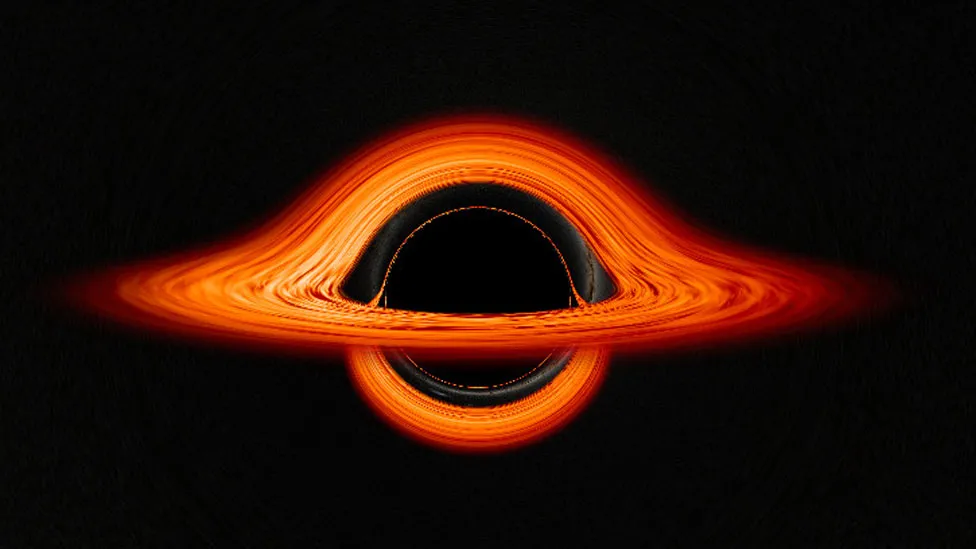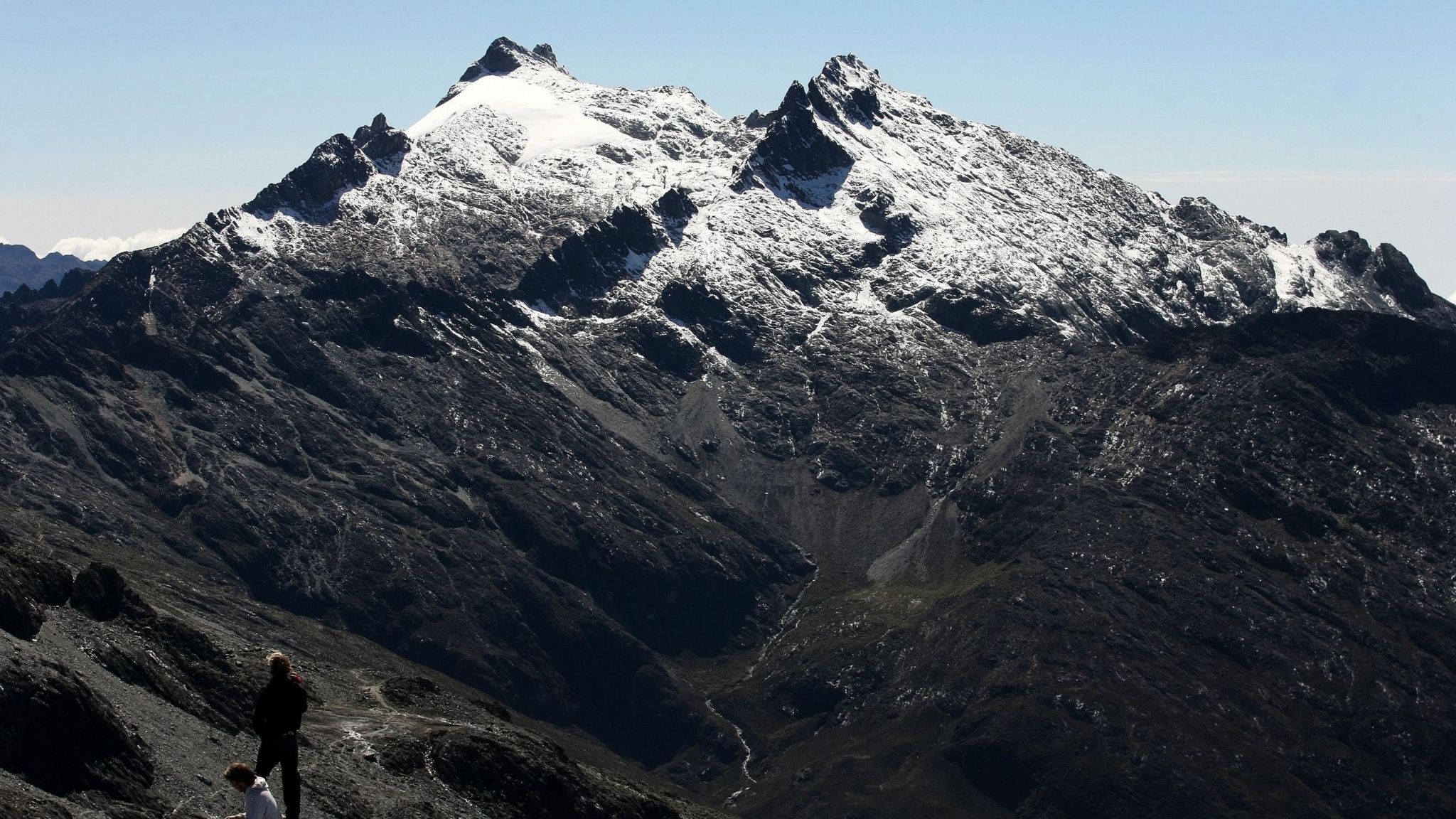Hogwarts Seasonal Magazine Summer 2024 Issue
Make sure you read our Summer issue to find out all that has been happening at Hogwarts and much more!! And this time, it's not just skillful writers taking the lead, but we have our amazing artists that have joined in too! What are you waiting for? The time of your life is right here!
Last Updated
07/17/24
Chapters
30
Reads
527
Muggle News-Ivy Swiftlight
Chapter 21

Nasa Video Simulates What It’s Like to Travel into a Black Hole
The US space agency Nasa has released a new video simulation that takes viewers inside a black hole. It took Nasa five days to create the simulation on a supercomputer called Discover, a process they say would have taken 10 years on an ordinary laptop. There are lots of amazing effects in the video, with space and stars appearing to bend.
The clip is sped up to show what would happen at a faster rate - but inside the black hole, time itself would also be distorted.
According to Nasa, if an astronaut made a 6-hour round trip to a black hole and escaped before reaching the point of no return, they would return to their main ship 36 minutes younger than their crewmates! That's because time passes more slowly near a strong gravitational source like a black hole than it does when travelling at the speed of light.
Black holes are left behind when supernovas - giant stars as bright as 10 billion suns - come to the end of their lives. When the centre of a very large star collapses in on itself, black holes are created. Although they look like they have nothing inside, black holes are actually packed full of matter. The gravity inside these dense black holes is so strong that it pulls everything in, including light itself! Because light cannot escape, they are invisible, or completely black, hence the name.

Scientists Can't Find Bottom of Deepest Ocean Hole
For years, the Sansha Yongle Blue Hole in the South China Sea was thought to be the deepest part of our ocean floor, but scientists have now discovered that the Taam Ja' Blue Hole, off the coast of Mexico and Belize, is the deepest - and much deeper than previously thought. Not only that, but scientists now believe that Taam Ja' may be part of a vast network of underwater caves and tunnels.
Blue holes are underwater sinkholes. A sinkhole occurs when rock is eroded by water and then collapses, leaving a large hole.
The Taam Ja' Blue Hole is located off the coast of Mexico's Yucatan Peninsula - close to where the asteroid that killed the dinosaurs struck 66 million years ago. It was thought to be 275m below sea level when it was discovered. But in December 2023, a team of Mexican researchers went diving to take a second look. They've now published the results of their expedition in the journal Frontiers in Marine Science and say it's actually more than 420m below sea level, but that's not all - the equipment they used to measure it didn't reach the bottom, so it could potentially be a lot deeper than that. They found that after about 400 metres, the water in Taam Ja' began to resemble water found in the Caribbean Sea, leading the team to believe that there could be a network of tunnels deep inside the hole connecting it to other parts of the ocean.

Last Glacier Lost In Venezuela
The Humboldt Glacier in the Sierra Nevada de Mérida in the Andes has shrunk so much that it's been reclassified as an ice field. It's thought to be the first country in recent history to lose all its glaciers. Scientists say they want to see the Paris Agreement on climate change to limit global temperatures from rising above 1.5 degrees Celsius, which they hope could prevent further melting. Glaciers are large masses of frozen ice that move slowly downhill. As they move, glaciers erode the land around them.
Dr Caroline Clason from Durham University studies them in places like Peru. "There hasn't been much ice cover on the last Venezuelan glacier since the 2000s," she said, "Now it's not being added to, so it's been reclassified as an ice field." Dr Clason says it's likely that there were ten glaciers in Venezuela in the 1950s, six in the 1990s and just one in 2011.
Glaciers produce fresh water and have unique surface ecosystems that we don't see anywhere else. The water that melts from glaciers is also important for other ecosystems: Wetlands are replenished, animals have water sources, and the flow can also be used for things like hydroelectric power. Glacier water is particularly important when a country has a dry season, as it adds to the flow of rivers.
Glaciers can also be part of traditional livelihoods and have spiritual significance for some people.
(whole chapter) JOURNALIST-Ivy Swiftlight



